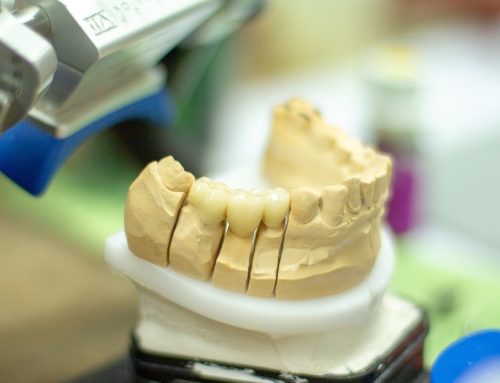If you have been advised to undergo a surgical procedure for any medical condition, your doctor may have mentioned two surgical types: open surgery or minimally invasive. Open surgeries involve a longer incision, slower recovery, and a longer hospital stay. Advancements in modern medicine have led to the advent of minimally invasive surgeries.
In minimally invasive surgeries, the surgeon gains access to your body organs via small incisions. Multiple ports are then inserted to insert cameras and lights to visualize the inside of the body. The surgeon then inserts the surgical tools through these ports to perform the surgical procedure.
The popularity of minimally invasive surgeries has led many patients to choose outpatient setups with daycare facilities for their procedures instead of conventional hospitals. This may also be because patients can get an appointment for surgery sooner than waiting for months to get a procedure done in a community hospital. While all hospitals have a sterilization facility to clean equipment used on any patient, an outpatient facility may have their equipment cleaning outsourced. If you choose an outpatient setup for your procedure, please request a tour of the facility and check how the equipment used is being stored and cleaned. Prospective patients need to know endoscope reprocessing guidelines and ensure that the facility meets these.
Read on as we discuss the benefits and risks of minimally invasive surgeries.
Contents
Benefits of Minimally Invasive Surgeries
Minimally invasive surgeries have brought about a massive improvement in the recovery time of patients. Since the incisions made are quite small, minimally invasive surgeries allow for shorter recovery times, with many patients going home the same day after the procedure. It has also reduced the chance of post-surgical complications, such as infection on the incision site in the case of open surgeries.
The impact of minimally invasive surgery was studied in a research conducted in Nigeria and published in the Journal of The Society of Laparoscopic and Robotic Surgeons. The study reported that laparoscopic surgery reduced the total length of hospital stay in patients to 4.5 days, as compared to patients undergoing open procedures who need 11.5 days of stay in the hospital.
Other benefits of minimally invasive surgeries include less blood loss during surgery and smaller post-surgical scars that are less visible. Minimally invasive surgery also causes less damage to the underlying muscles and tissues, preventing adhesions.
Medical Conditions Which Can Be Treated With Minimally Invasive Surgery
Minimally invasive surgeries are now considered the gold-standard treatment in many medical conditions, some of which include:
- Appendectomy, removal of the appendix
- Cholecystectomy the removal of the gallbladder
- Ear, nose, and throat surgeries
- Hysterectomy, the removal of the woman’s uterus
- Dilation and Curettage (D&C), to remove tissue from a woman’s uterus
- Tubal Ligation, to clamp the fallopian tubes and prevent further pregnancies
- Brain surgery, particularly removing blood clots from the brain after an injury
Risks of Minimally Invasive Surgeries
As with any surgical procedure, the risk of complications is always there. No surgical procedure is completely safe—it is the skill of the surgeon, as well as the medical condition of the patient, that determines the procedure’s success.
The potential risks linked to anesthesia are comparable to those associated with traditional open surgeries. Moreover, the proficiency of the surgeon in handling the equipment employed in minimally invasive procedures plays a significant role. In such procedures, the instruments and scopes used may inadvertently damage nearby organs or blood vessels, potentially leading to excessive bleeding. These considerations underscore the importance of both the anesthesia and surgical team’s expertise in ensuring a safe and successful minimally invasive surgery. Studies have reported conversion rates of laparoscopic to open surgeries of about 10%, implying 1 in 10 surgeries are converted from minimally invasive to open surgeries due to complications.
Conclusion
An individual’s health determines their role in the lives of their family, friends, and workplace. It is important to promptly make informed decisions about one’s health to avoid complications as you age.
While previously open surgeries were considered the gold standard, the complications with post-surgical infections and prolonged recovery times increased the hospital surgical teams’ workload. They also led to waiting months before getting an appointment with a surgeon, with patients reporting to the Emergency Department with medical complications beyond repair.
Learning about minimally invasive procedures from authentic sources and making an informed decision with short- and long-term benefits is important. Minimally invasive surgeries offer big benefits with small incisions and can be a great choice if you feel insecure with post-surgical scars on exposed areas such as the legs and neck. Modern medicine benefits the patient without compromising the quality of care offered by the healthcare team.








Leave A Comment